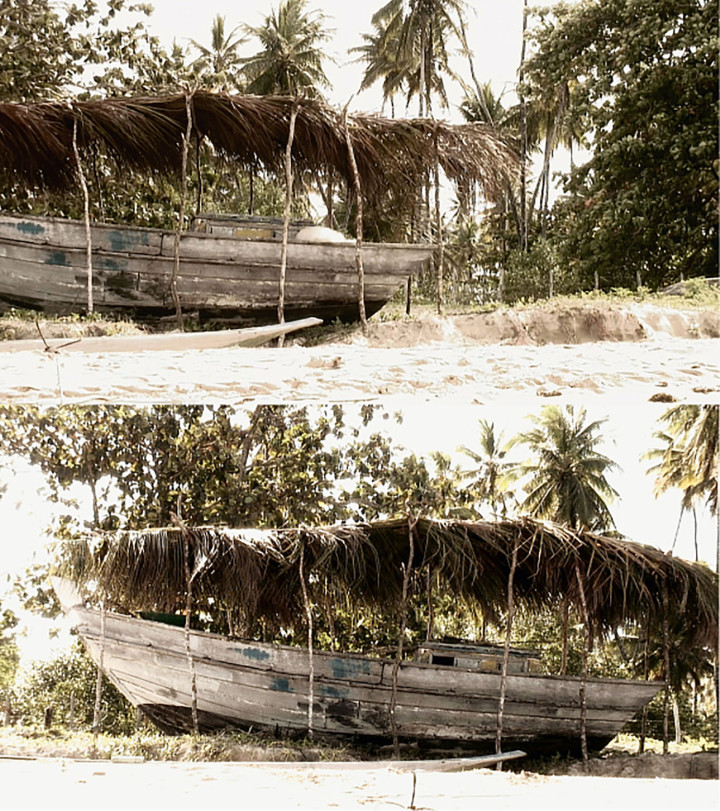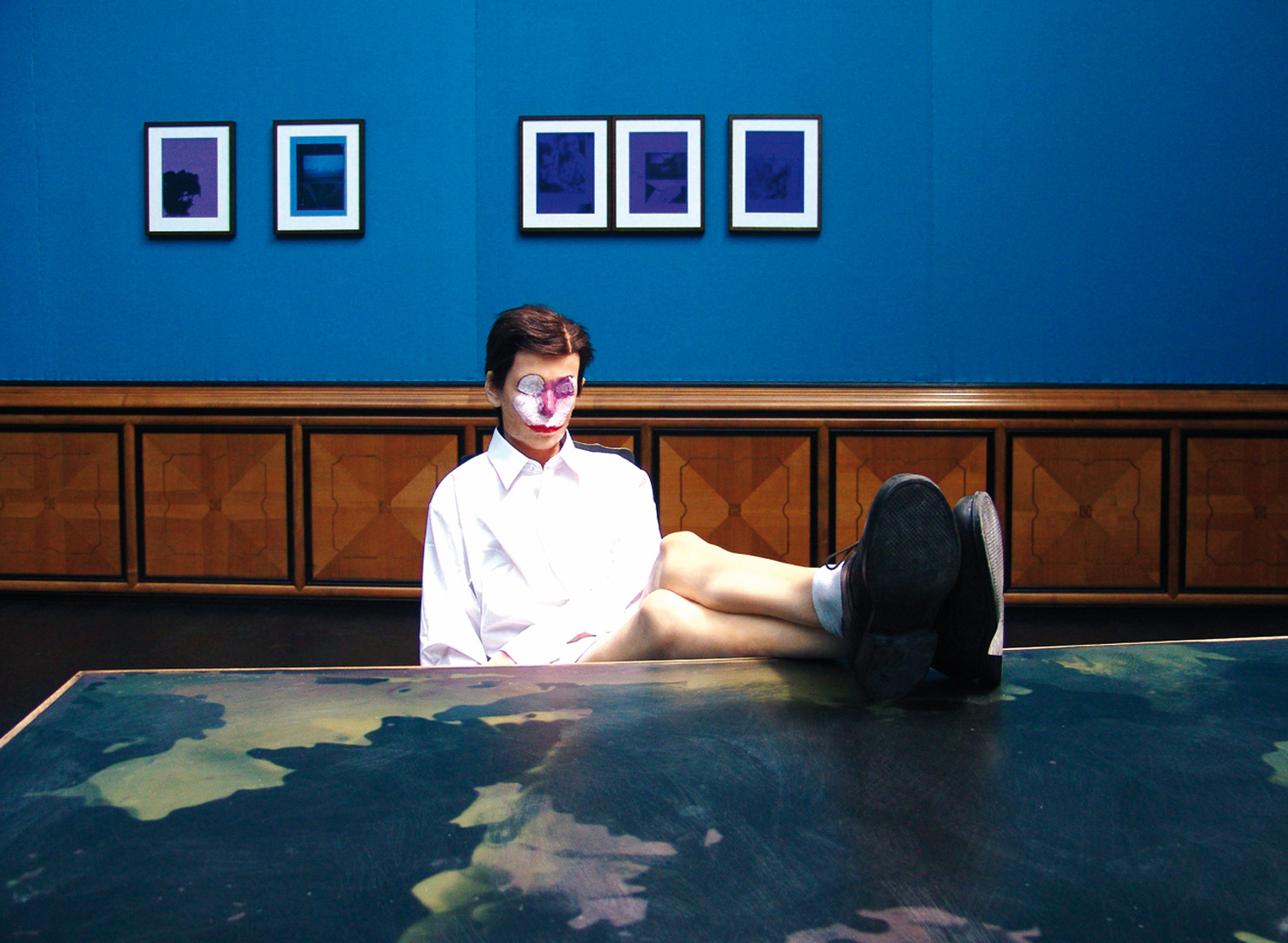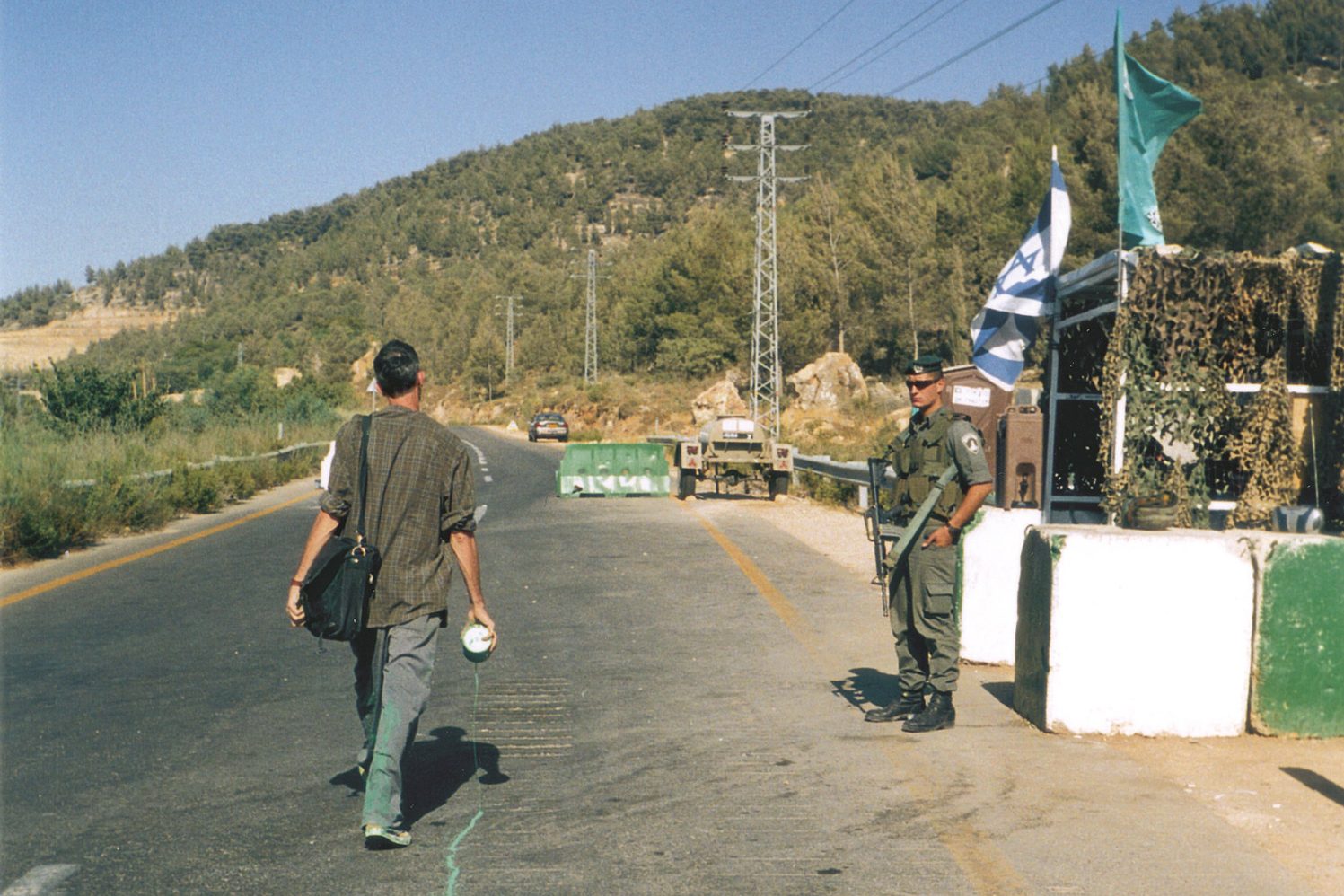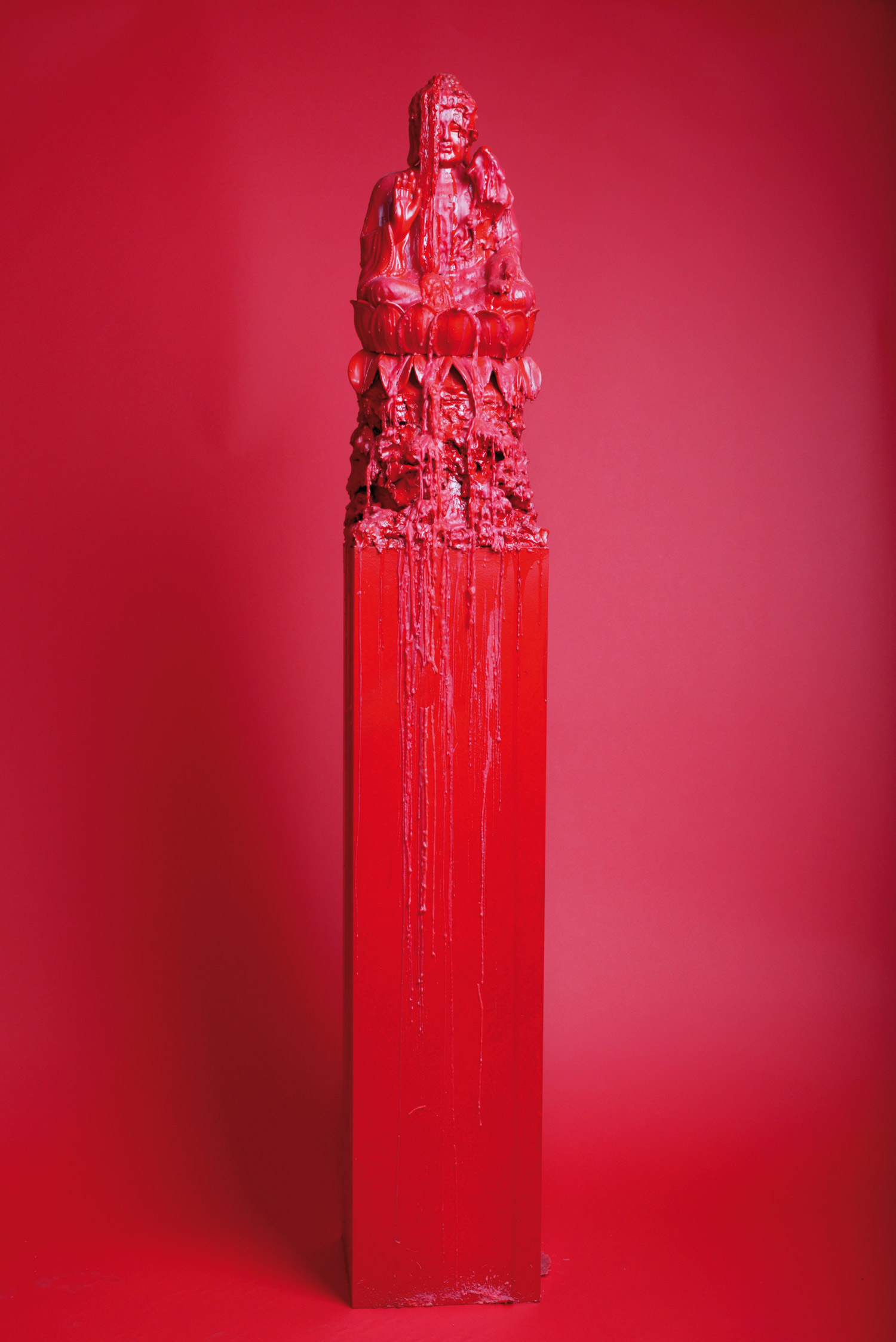
For a number of years, Marcellvs L.’s first video works only circulated from hand-to-hand, via DVD copies produced by the artist himself. Since that time and still today, the artist sends these copies by mail to addresses randomly chosen in the telephone book. The method he uses to title these works is likewise a throw of the dice, the same one he employs to select the addresses that will receive the videos — an open and independent strategy that has a lot to say about his economy of means. “Video-rhizomes” is the title the artist gave to this on-going series initiated in 2002. The imponderability of time and its political implications seem to be the primary motives behind Marcellvs L.’ works as well as their original mode of circulation.
“Independence means urgency,” the artist once said to me. This means that he often shoots his videos alone, using a high-definition portable camera. Once on site, as in the best cinéma verité tradition, the artist captures somewhat mysterious scenes in which lonesome characters are experientially confronted with the passage of time in big cities or in the countryside. In other pieces images come from intriguing shots of the landscape. For Marcellvs L., being on site is a significant part of the work, a process that often results in the unexpected, because in seeking one thing he sometimes ends up finding another. In almost all his videos, there is, however, a radical transformation of the real in the way the images are captured. This could be on account of where the camera finds itself in relation to the scenes (either very close or very far away) or on account of a highly charged pictorial presence. Despite the resources of digital post-production, it is by the way the camera reads the world that his videos create personal and outstanding visions of the real. His moving images are hypnotic mirages directly captured from the world, mediated by radical camera filters: either highly grained or pixilated monochrome renderings that, at times, literally dissolve before the lens.
In one of his first videos 0314 (2002), images of rain falling on a roof are slowly revealed in high-contrast black-and-white (recorded with color), producing a happenstance graphic quality as the sound becomes violently louder and louder. For his works, post-production of sound is also key, in collaboration with sound artist João Marcelo. In another video, 0667 (2004), a man is depicted slowly walking down a road, while cars continue on in high speed in the lane across from him. It is only just recently that his work has begun to circulate in the art world, notably in the last São Paulo Biennial, where it was prominently presented, or in a solo show in his home town Belo Horizonte’s Museu de Arte da Pampulha, where a compilation of more than 2 hours was screened on a loop, featuring more than 10 videos. In his more recent works, like the video-installation ebbing.flowing (2006), also shown at the São Paulo Biennial, a spatial-sensorial aspect is stressed, indicating new and more complex possibilities for the relation between camera and projection. In this two-channel synchronized video installation, images of a boat on a beach are taken from another boat while the ocean simultaneously ebbs and flows in each of the screens. What interests the artist here is the loss of stable ground and the sublimation of the tripod: suggestively shooting to the sensibility of the moving waves. Finally, as he said, “However minor it may seem, every aesthetic act is both political and ethical.”





